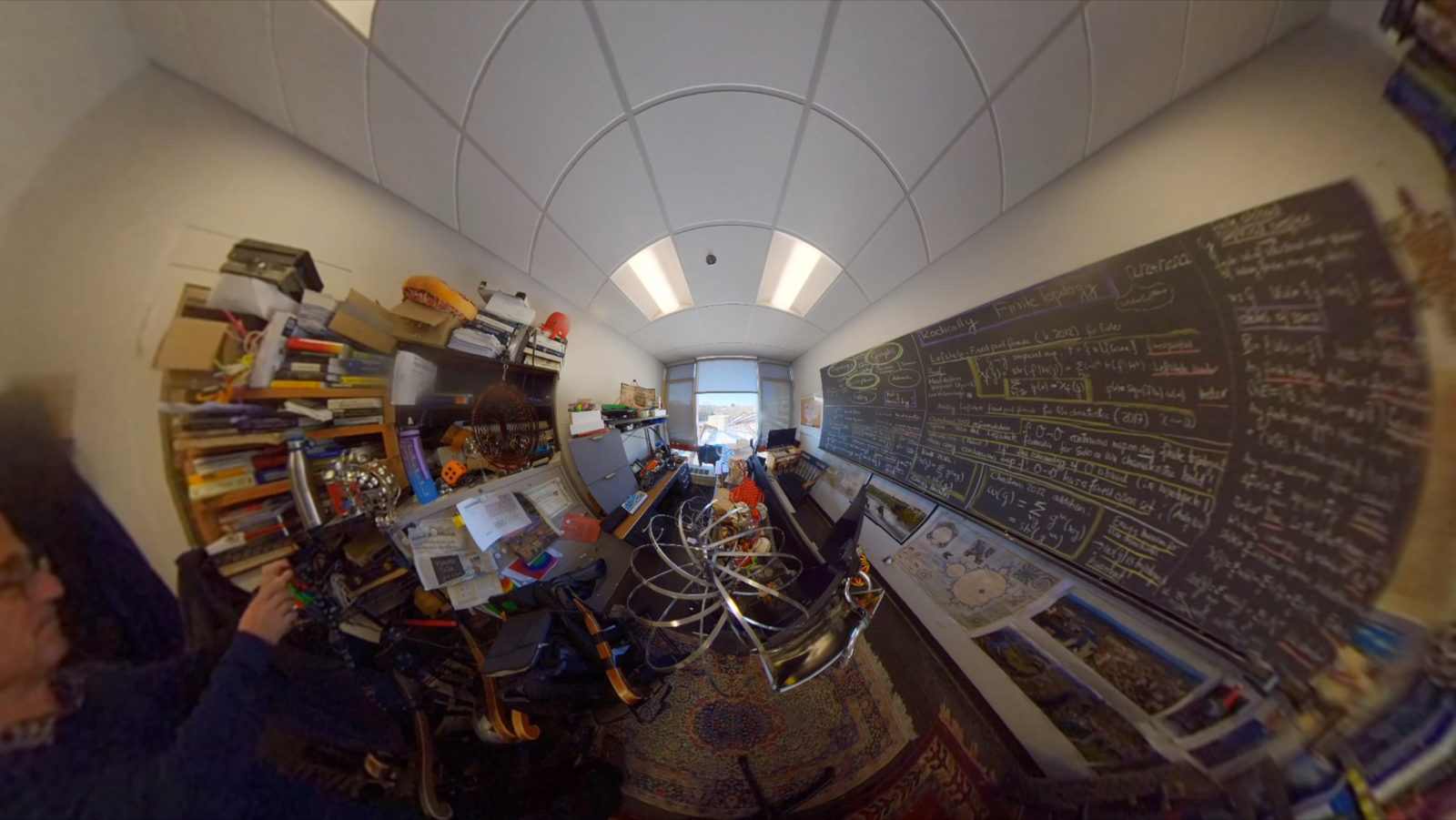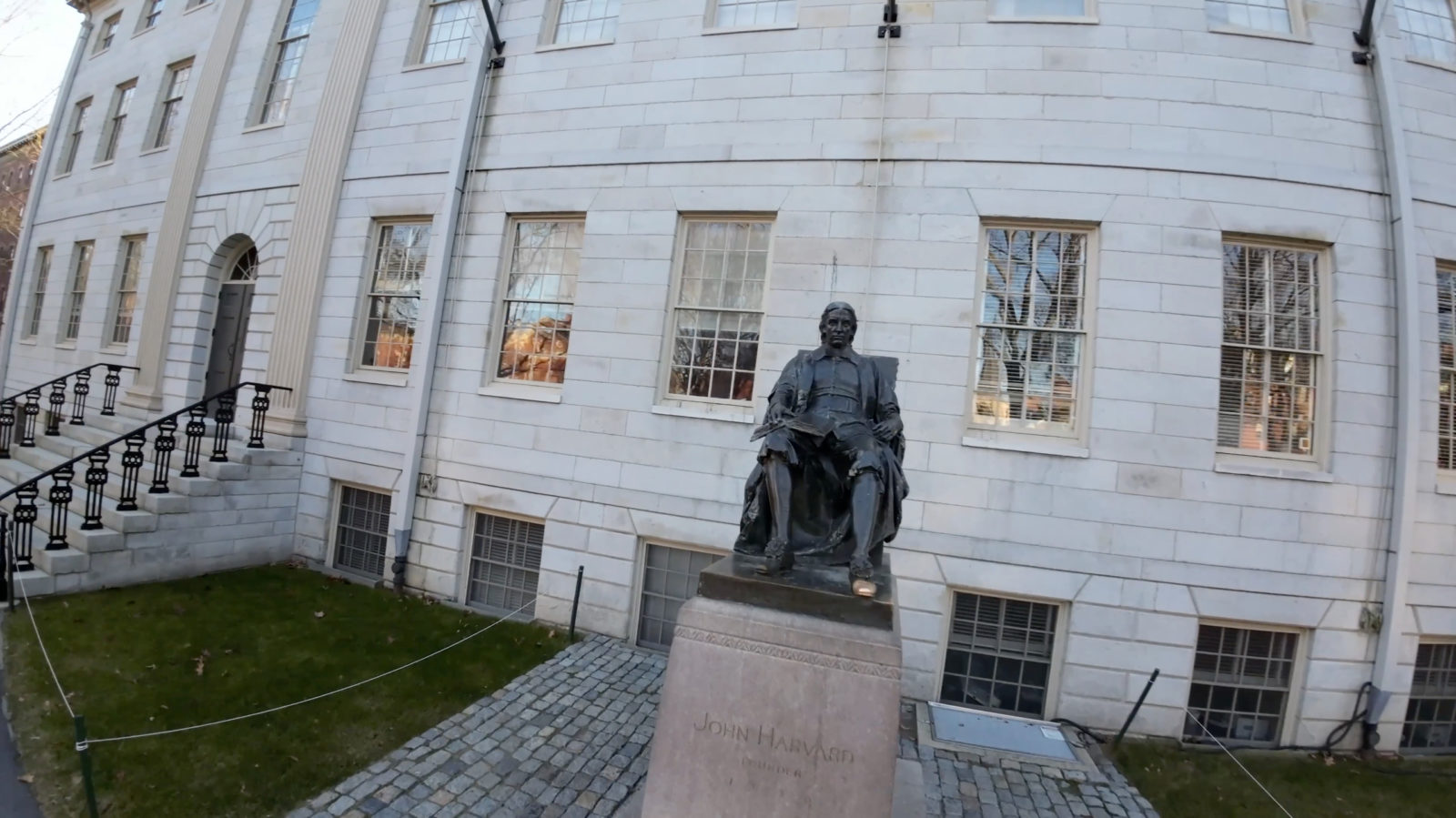A finite abstract simplicial complex G has a natural finite topology in which the stars forms the topological base. The topology helps to clarify a few things like why Wu characteristic which is a quadratic version of Euler characteristic
. The energy theorem told that this is a sum
, where
involves open sets. There were three videos, one on December 10 (https://www.youtube.com/watch?v=wAoa4AYxOw8), one on December 1 7(https://www.youtube.com/watch?v=XHP_laoa6bM) and one on December 24 (https://www.youtube.com/watch?v=wt1NNNfNttc) included below. I’m still trying to write this down, but there are more things to be picked up on the way which appear like the following cool theorem: let
be an arbitrary function from
where R is some ring (not necessarily commutative, could even be just an additive group). Define now the p-particle energy of a subset A of G as
. If
is the star of a simplex x, the smallest open set in the topological space which contains x, then we can look at the potential energy of p points (think of it as a p-point Green correlation function)
. The multiparticle energy theorem tells that
. The total internal energy defined by the p-point interaction form is equal to the total potential energy over all p point correlations. This generalizes a lot of previous results. For p=1 already, this means with
that
, which is a Gauss-Bonnet type of theorem (I saw it as a Poincare-Hopf theoremfor the function
) or that
, where
was the Green function entries. Already for
, this leads to a new expression for Wu characteristic
as a sum
, where
. I had missed that formula before because I had defined
which is not the same than
. Open sets are in general not simplicial complexes so that there is an essential difference between these two expressions. Seeing these things in the context of topology opens the door then for general p-point Wu correlation functions showing in particular that the p-th Wu characteristic
is a topological invariant. It is not a homotopy invariant. Having a topology of course opens the door for many other things like sheaf theoretical approaches. Since it is a classical topology, all what has been written about topologies works without modification. Things are just much simpler. The section
of a sheaf F for example is the stalk and its elements are germs. Unlike in the continuum, no limits is ever involved. This is all very concrete. An other observation which I mention in the talk is that one can reformulate the Lefschetz fixed point theorem also for general topological spaces and not only for simplicial complexes. The Lefschetz fixed point theorem is a direct consequence (also in the general p-point Wu case) of the McKean Singer symmetry. The proof is just the observation to look at the Koopman operator T which the continuous map on the topological space induces, (I just realized that it does not even need to be continuous, and that it can also be measurable, that is scrambling around the Boolean algebra of open and closed sets) then deform it using the heat flow. Since this does not change the super trace by Mckean Singer, and the super trace at t=0 is the sum of the indices of fixed points and for t large the super trace of f induced on the cohomology, the Lefschetz fixed point theorem follows.
Here are some links to previous work:
- Brouwer fixed point theorem for graph endomorphisms (2013) I had then formulated that result in terms of graph endomorphisms (which induce continuous maps on the Whitney simplicial complex but the result is more general and works for any map from the simplicial complex to itself. In a topological setting this can even be measurable, that is just mapping the simplicial complex into itself. Such a map of course induces a map on cohomology too.
- Energy of a simplicial complex (2020) (ArXiv version 2019). Also this result has been vastly generalized in 2021 and now. It works for more general functionals than Euler characteristic. I called them energized simplicial complexes (ArXiv version 2019) including a version for Wu characteristic or complex or quaternion valued energies (ArXiv version 2020). And now for general p point Wu characteristic interactions with arbitrary energies.
- As for Wu characteristic, see this from 2016 (which answers an open problem of Gruenbaum) and this from 2018 focussing more on cohomology and also mentioning the Lefschetz case. What is new now is that we have energy theorems for all Wu characteristics and that we can see why these quantities are topological invariants but not homotopy invariants. Unlike Euler characteristic cares less about topology as it is even a homotopy invariant, the interaction versions for 2 or more points really are topological. The Wu cohomologies are topologial quantities too and not a homotopy quantity. We had seen for example that the Moebius strip and the cylinder have different Wu cohomology, even so they are homotopic. All Moebius strips have the same Wu cohomologies, all cylinders have the same Wu cohomologies but if we would shrink both to a circle, we would get something different.















